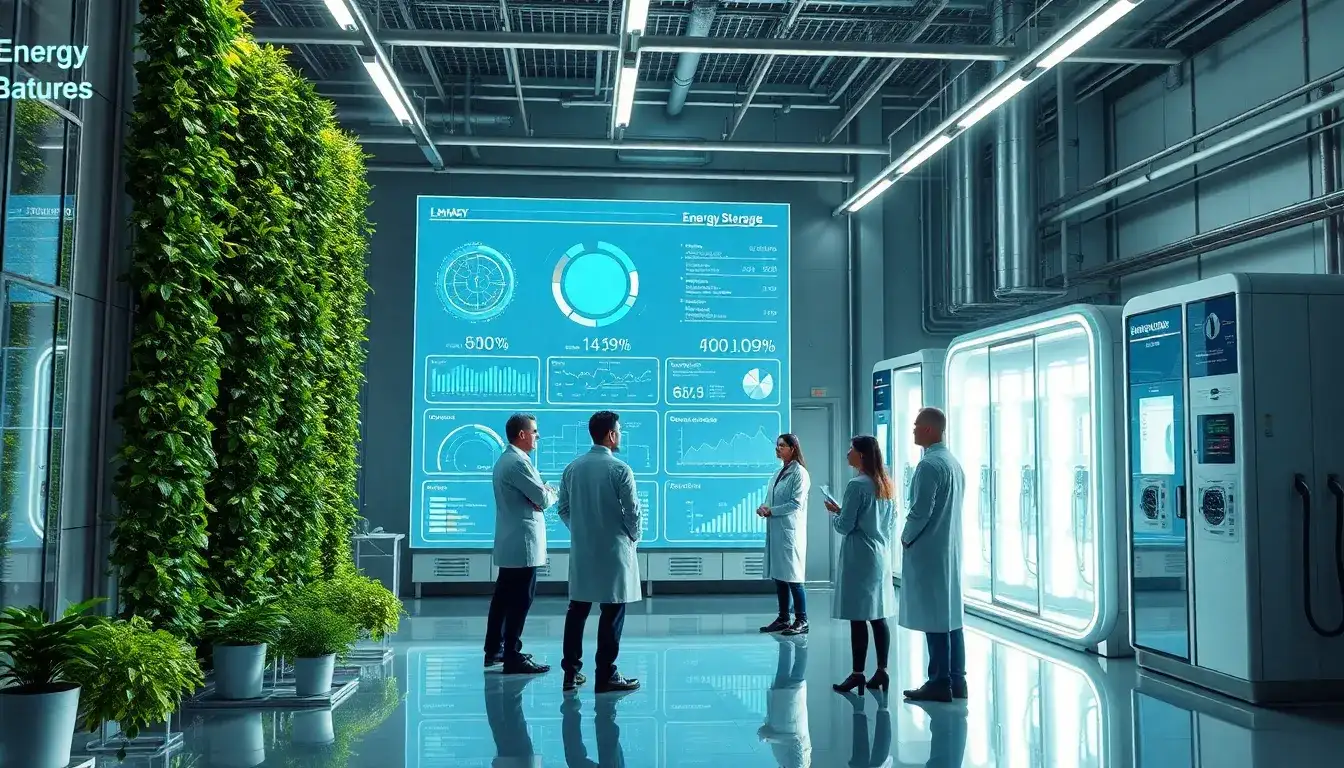
In late March, along the banks of the Qiantang River, the annual 15th China International Energy Storage Conference (CIES2025) was successfully held at the Hangzhou International Expo Center. Hosted by the China Chemical and Physical Power Industry Association, this event served as a major platform for showcasing the domestic energy storage industry.
Over 1,000 companies from the energy storage supply chain presented cutting-edge technologies and products. This conference provided an opportunity to explore the technological developments and application trends in the energy storage sector for 2025.
1. Widespread Adoption of 300Ah+ Battery Cells
At this year’s conference, manufacturers and integrators showcased equipment primarily featuring 300Ah+ battery cells, with the 314Ah cell emerging as the industry standard. The 280Ah cell is becoming increasingly rare. Major project tenders, such as those from Xinjiang Huadian (1.5GW/6GWh) and China Huadian (6GWh), predominantly specify 314Ah cells.
This indicates that by 2025, aside from niche projects, 280Ah cells will likely phase out, with 300Ah+ cells becoming the preferred choice for energy storage projects. Along with the full adoption of large-capacity 314Ah cells, energy storage battery cabinets are also experiencing upgrades. Mainstream manufacturers are utilizing the 416S12P series-parallel configuration, achieving a single cabinet energy capacity of 5MWh+. For string energy storage cabinets using a 416S1P configuration, the energy capacity reaches 418kWh, while commercial energy storage cabinets using a 260S1P configuration result in a capacity of 261kWh.
Furthermore, it was revealed that manufacturers like Yiwei Lithium Energy will begin mass production of 500Ah+ large-capacity battery cells in the second half of this year, continuing the trend towards larger capacity batteries.
2. AI and Energy Storage Becoming Reality
With the explosive growth of artificial intelligence, energy storage technologies are increasingly incorporating AI for self-awareness, self-learning, decision-making, execution, and adaptation. AI can enhance the digital and intelligent operation of energy storage stations, improving active safety warnings, electricity market transactions, and SOX status calculations.
At the conference, Xiqing Energy introduced a technology for monitoring and evaluating operational safety risks in energy storage stations based on big data analysis, integrating AI for fault diagnosis and proactive maintenance strategy development. HighTEK Electronics unveiled a Battery Management System (BMS) and an Energy Management System (EMS) that combines deep learning, adaptive optimization algorithms, and multi-modal data fusion, featuring smart diagnostics and operational analysis. Guoneng Rixin launched an integrated solution for efficient solar and storage operations, establishing a digital energy management system based on AI.
3. Accelerated Application of Grid-Constructed Storage Technologies
Grid-constructed energy storage systems are key technologies suited for new power systems with high proportions of renewable energy. Relevant policies, such as the “Action Plan for Accelerating the Construction of New Power Systems (2024-2027)” issued by the National Development and Reform Commission, emphasize the promotion of grid-constructed technologies. Standardization efforts, including the General Technical Specifications for Grid-Constructed Inverters, are also progressing.
At the conference, companies like Kehua Data, XJ Electric, ZhiGuang Electric, Pinggao Group, Envision Energy, Singularity Energy, and XiXing Technology showcased grid-constructed energy storage products designed to address issues of frequency stability, voltage stability, and more in new power systems. For example, XJ Electric demonstrated a 2.5MW grid-constructed energy storage product, highlighting a design capable of achieving three times the overload capability for 10 seconds, significantly enhancing the ability to support grid stability during transient faults.
4. Continuous Improvements in Safety Technologies
Safety remains a significant barrier to high-quality industry development. Enhancing the safety of electrochemical energy storage stations requires not just improving the intrinsic safety of batteries but also employing digital intelligence and smart sensing technologies to enhance active safety levels. Additionally, efficient safety protection technologies need to be developed.
Fire suppression agents play a crucial role after battery thermal runaway incidents. Existing agents like HFC-227ea, FK-5-1-12, and others have proven inadequate for effectively extinguishing battery fires and preventing re-ignition. China Science and Technology Jiangsu has introduced a new liquid nitrogen fire suppression technology that leverages the cooling and suffocation properties of liquid nitrogen to improve thermal runaway suppression.
Yantai Chuangwei has developed a sensing device for detecting the concentration of volatile gases from electrolyte by measuring the degree of optical attenuation, thus enhancing control measures against lithium battery thermal runaway.
5. Accelerated Integration of Solar, Storage, and Charging
In the commercial sector, with the rapid development of the electricity market, instances of zero or even negative electricity prices during peak renewable energy generation periods are becoming more common. Additionally, certain models for commercial solar photovoltaic excess electricity feed-in are facing challenges. The use of distributed storage to store excess renewable energy and discharge it during peak pricing periods is set to be a critical future trend. The widespread deployment of charging stations for electric vehicles in industrial parks also necessitates an integrated approach to solar, storage, and charging solutions.
At this year’s conference, companies like Pylon Technologies and XianKong Electric presented integrated solutions for solar, storage, and charging, tailored to the needs of zero-carbon parks and green factories. These solutions employ a combination of operational strategies to optimize economic value and foster friendly interactions with the distribution network.







